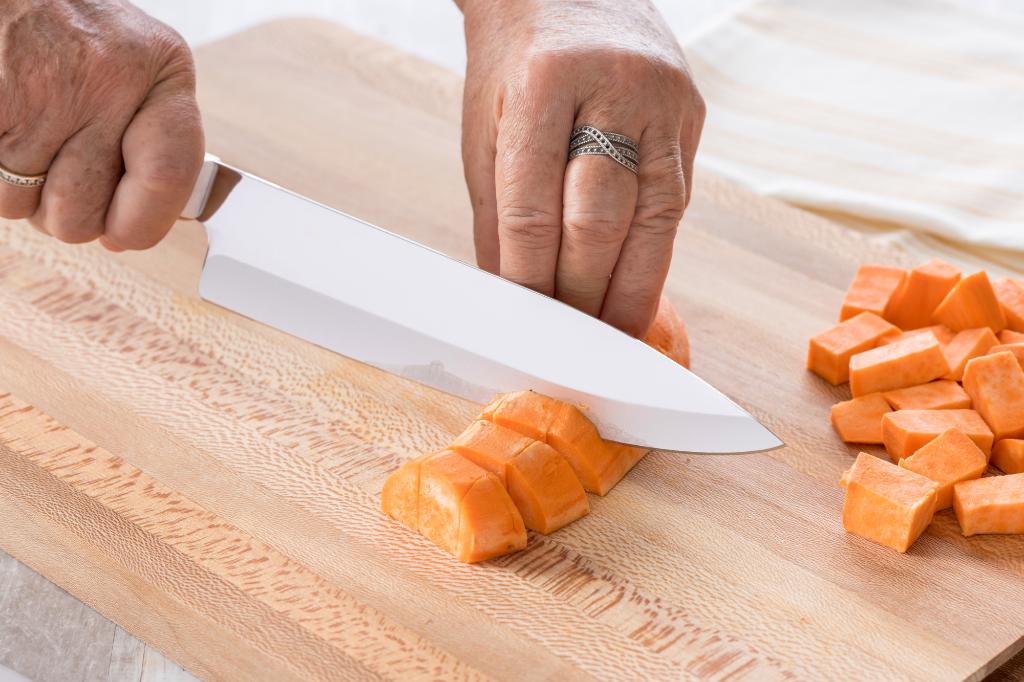How to Treat a Knife Cut: Life-Changing Tips for Barbecue Enthusiasts
Written By James Morgan
We all love the delightful sizzle of the grill, the mouth-watering smell of barbecue wafting through the air, and the camaraderie that only a good barbecue can foster. But with all that slicing, dicing, and chopping, accidents are bound to happen. How to treat a knife cut is an essential skill that every barbecue enthusiast should know.
Knife cuts can range from minor nicks to serious injuries. Regardless of the severity, it's crucial to handle them promptly and correctly to prevent infection and complications. In this article, we'll delve deep into the steps to take when you get a knife cut while grilling, share essential tips for prevention, and offer advice on when to seek professional medical help.

Immediate Steps to Treat a Knife Cut
1. Stay Calm and Assess the Cut
The first step in treating a knife cut is to stay calm. Panic can exacerbate the situation, so take a deep breath and assess the cut's severity. Is it a minor nick or a deeper wound?
If its a minor cut, you can handle it at home. However, if the cut is deep, bleeding profusely, or you can see fatty tissue, muscles, or bones, its best to seek medical attention immediately.
2. Clean the Wound
Gently clean the wound using cold, running water to remove any dirt or debris. Avoid using soap directly on the cut as it might cause irritation. Instead, clean around the wound. Using clean, sterile gauze, gently apply pressure to stop any bleeding.
For more detailed techniques on safe knife usage, you might want to check out this guide on safely cutting fruits and vegetables.
3. Apply an Antiseptic
Once the bleeding has slowed or stopped, apply an antiseptic ointment to the wound to prevent infection. This step is crucial in ensuring that your cut heals properly and remains free from bacteria.
4. Bandage the Cut
Cover the wound with a clean, sterile bandage or dressing. Change the bandage daily or whenever it becomes wet or dirty to maintain a clean healing environment.

Preventing Knife Cuts
Use the Right Knife
Not all knives are created equal. Using the appropriate knife for the task can significantly reduce the risk of cuts. For a barbecue enthusiast, a well-balanced, sharp knife is essential. Dull knives are more dangerous because they require more force, increasing the chance of slipping and causing an injury. Check out our guide on how to cut with a Santoku knife to ensure you're using the right technique.
Proper Cutting Technique
Learning the proper cutting technique is crucial. Keep your fingers tucked in (often called the 'claw' grip) and always cut away from your body. You can learn more about safe cutting methods from this comprehensive knife skills and cutting technique guide.
Keeping Your Workspace Organized
A cluttered workspace can lead to accidents. Ensure your cutting area is clean and free from unnecessary items that might interfere with your chopping. Having a sharp and organized kitchen can make all the difference.

When to Seek Medical Help
While most minor cuts can be treated at home, some scenarios warrant professional medical attention. Seek medical help if:
- The cut is deep, long, or the edges are gaping.
- Bleeding does not stop after 15 minutes of applying pressure.
- You see signs of infection such as redness, swelling, warmth, or pus.
- The cut is caused by a dirty or rusty object.
- You are unsure about your tetanus vaccination status.

Healing and Aftercare
Healing a knife cut doesn't stop with just an initial treatment. Proper aftercare is critical to ensure complete recovery without complications. Keep the wound clean and dry. Change the bandage regularly and look for signs of infection.
Additionally, maintaining a healthy diet and staying hydrated can promote faster healing. You might find our article on healing and proper nutrition useful in this regard.
FAQs
Can I use home remedies for a knife cut?
While home remedies like honey or aloe vera can promote healing, its essential to first clean and disinfect the wound properly. Always use an antiseptic ointment before considering home remedies.
How long does it take for a knife cut to heal?
The healing time for a knife cut depends on its severity. Minor cuts may heal within a week, while deeper cuts could take several weeks. Proper aftercare can accelerate the healing process.
Should I keep a knife cut covered or let it breathe?
It's best to keep a knife cut covered with a clean bandage to prevent infection. However, letting the wound breathe for short periods can also promote faster healing.
As an Amazon Associate, I earn from qualifying purchases.



